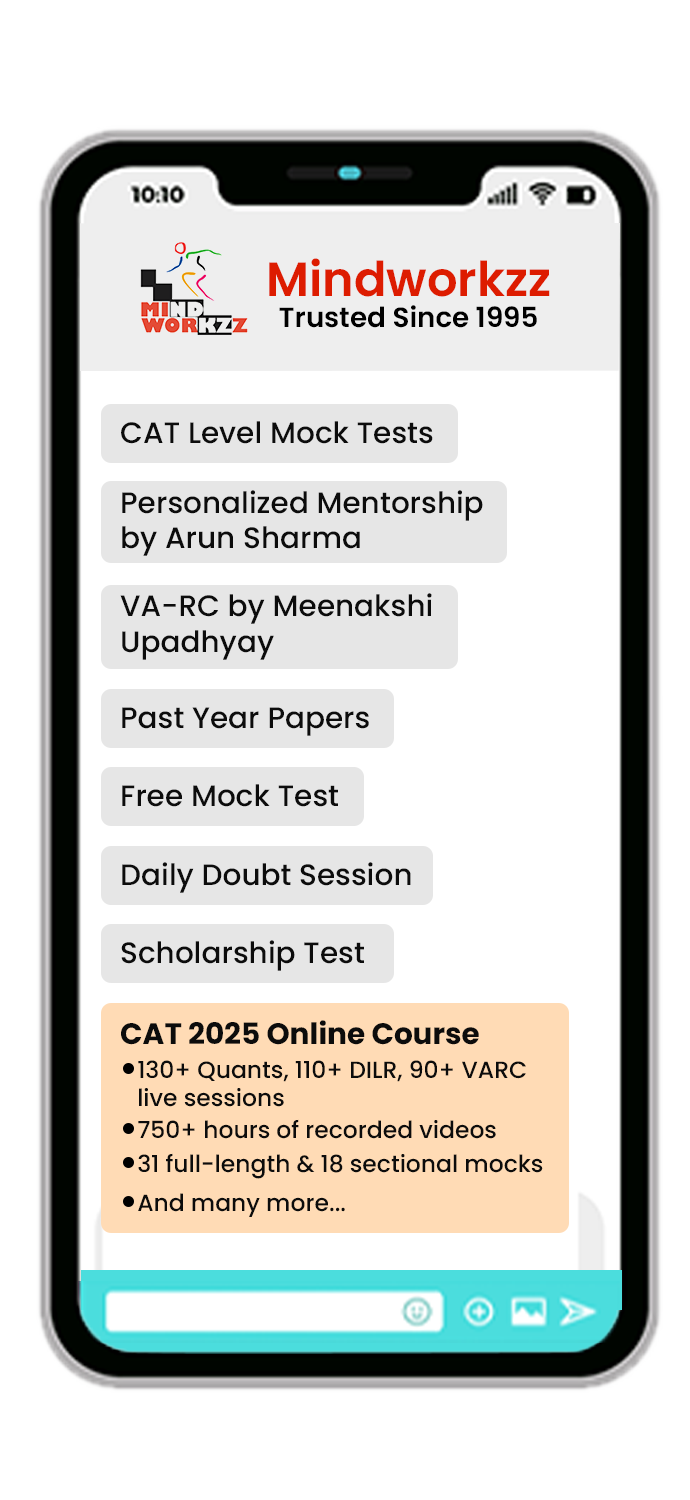
The first exam that will knock your door in the year 2020 will be NMAT. So, let’s find out what is this exam all about?
NMAT is the entrance exam for admission to all the MBA Full Time courses of NMIMS Mumbai and the PGDM courses of NMIMS Hyderabad and Bengaluru. Apart from NMIMS, there are other business schools like Alliance University (Bengaluru), Amity University (Delhi NCR), ICFAI University and Thapar University (Dera Bassi), which accept NMAT scores for admission to their management programs. It is a computer-based test & you need a different s0trategy to crack NMAT.
NMAT for the academic session 2021-23 will be conducted in a testing window from first week of October 2020 till third week of December 2020. In 2019, the testing window was from October 4 to December 17 and students can expect the result to be out by third week of January 2020. A candidate can take NMAT up to a maximum of 3 times (first attempt plus 2 retake attempts) including no shows, if he/she wishes to. There has to be a gap of at least 15 days between two successive attempts. We suggest that you should only appear for the exam again if your performance has been dismal the first time. The total scaled score will be announced 4-5 weeks after the candidate has written the exam. The percentile scores will be calculated after all candidates have taken their exam, and will be announced in the third week of January, 2021. For candidates who have given multiple attempts, the best score (total and sectional) is considered for short-listing purposes.
NMAT 2020 Exam Pattern:
NMAT is a 120 minutes computer based exam, divided into three sections:
i) Language Skills
ii) Quantitative Skills
iii) Logical Reasoning
| Section | No. of Questions | Score Range | Allotted Time |
| Language Skills | 32 | 0-96 | 22 minutes |
| Quantitative Skills | 48 | 0-144 | 60 minutes |
| Logical Reasoning | 40 | 0-120 | 38 minutes |
Please Note:
- sectional timings are present
- one cannot go back to it to answer or attempt any question
One of the biggest differentiating points of this exam is that there is NO NEGATIVE MARKING, and hence candidates are encouraged to make educated guesses. This is the key differentiating point when it comes to having an exam taking strategy. Following are a few points you must keep in mind while preparing for NMAT and also while practicing mock tests.
- The NMAT allows you to choose the order of attempt. Hence, make sure you attempt your strongest section first, even while attempting mock tests. This will help build your confidence for the remainder of the test. It is recommended to attempt the more demanding section in the middle as concentration levels tend to peak at that time.
- Since there is no negative marking, be both aggressive and smart with your approach. Even if you’re not confident about an answer, go ahead make an educated guess. There’s nothing to lose here.
- With 120 questions to be solved in 120 minutes, NMAT is a test of speed. The number of questions you need to attempt cannot be pre-determined as it is a function of the level of difficulty. Just keep a fine balance accuracy and speed.
NMAT Syllabus:
| Section | Syllabus |
| Language Skills | · Grammatical Error Correction
· Vocabulary Usage · Usage of Synonyms and Antonyms · Idioms · Fill the Blanks · Sentence Corrections and Usage · Usage on Parts of Speech, Tenses, and Conditionals · Jumbled Sentences, · Reading Comprehension |
| Quantitative Aptitude | · Arithmetic (Averages, Percentages, Profit and Loss, Simple and Compound Interest, Time and Work, Ratio and Proportion)
· Algebra · Trigonometry · Mensuration · Geometry · Number Systems · Mixtures and Alligations · Probability · Permutations and Combinations · Statistics · Linear/Quadratic Equations · Venn Diagrams · Tables and Charts for Data Analysis |
| Logical Reasoning | · Calendars
· Arrangement · Blood Relations · Coding and Decoding · Critical Reasoning · Puzzles · Syllogisms · Argument-based Questions |
We hope this will clear all your doubts about what is NMAT, it’s exam structure and syllabus. Soon, we will make you abreast regarding the NMAT Preparation Strategy. Stay tuned.


